In the context of the rapid development of packaging and printing, plastic film processing and other emerging industries, how can slitting machine manufacturers accurately meet the diversified needs of customers and maintain market competitiveness by providing customized solutions.

In the face of the growing challenges of personalized production, the task of slitter manufacturers is to deepen market segmentation and formulate strategies for enterprises of different sizes. For small and medium-sized enterprises, manufacturers pay attention to the cost-effectiveness of equipment, emphasizing versatility and flexibility to ensure that the machine can adapt to changing production tasks. For emerging industries, manufacturers need to focus on technological innovation and forward-looking design, such as the introduction of intelligent control systems and automated production lines, to meet the urgent needs of intelligent production in these fields.
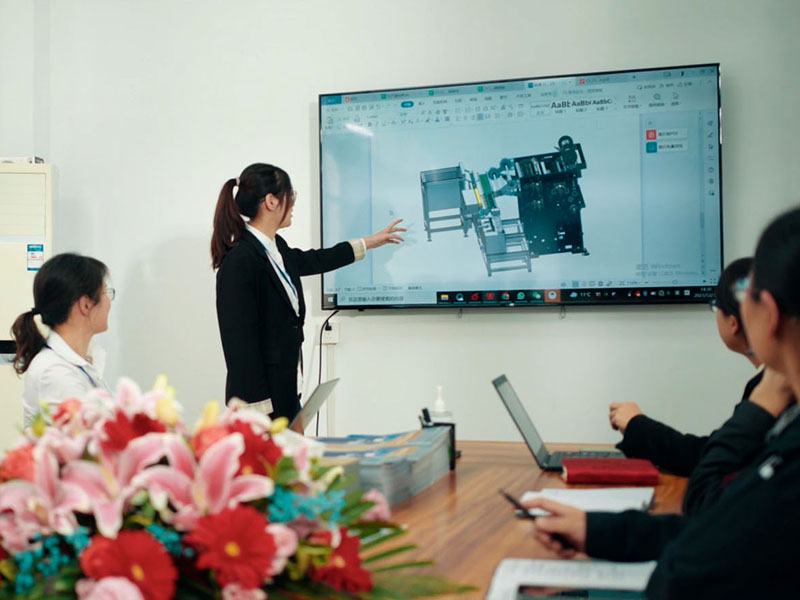
In order to better serve customers, slitting machine manufacturers continue to increase investment in research and development, such as the development of slitting technology that can handle new composite materials and special materials, and broaden the application field. At the same time, manufacturers should also strengthen customer service, including providing full-process customized services from demand analysis, program design to after-sales support, to ensure that each link can accurately match the specific requirements of customers.
In addition, slitting machine manufacturers also need to establish a rapid response mechanism to shorten the cycle from design to delivery to cope with the rapid changes in the market. With digital tools-assisted design and remote technical support, manufacturers are able to customize their production to stand out from the crowd and consolidate and expand their market share.
To sum up, slitting machine manufacturers have successfully built the ability to meet the needs of diversified markets through accurate market positioning, technological innovation, whole-process customized services and response strategies, and contributed to the transformation and upgrading of the global manufacturing industry.
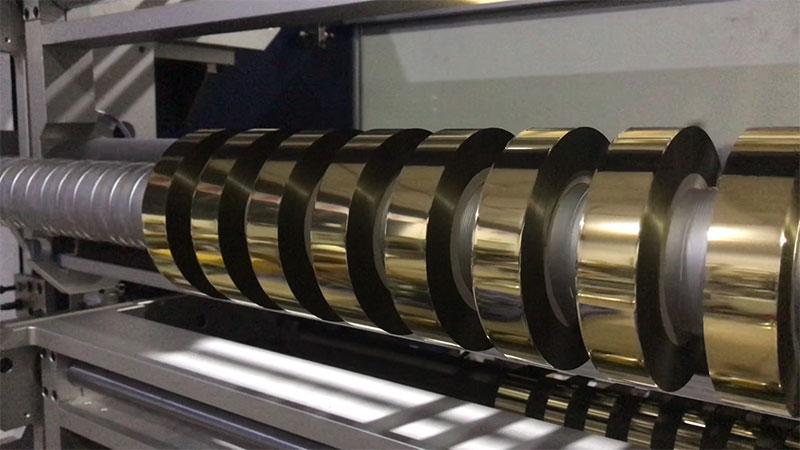
A high-quality hot stamping foil slitting machine can make your profits cut one more time.
19. December, 2025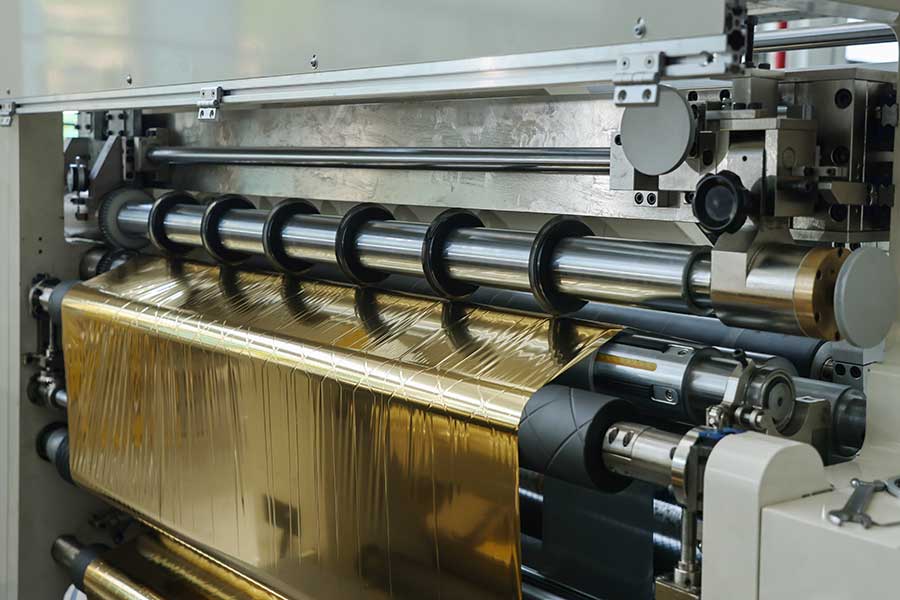
The real feedback from users is no longer just a "list of complaints" but the most valuable requirements guide for iterative upgrades of equipment.
19. December, 2025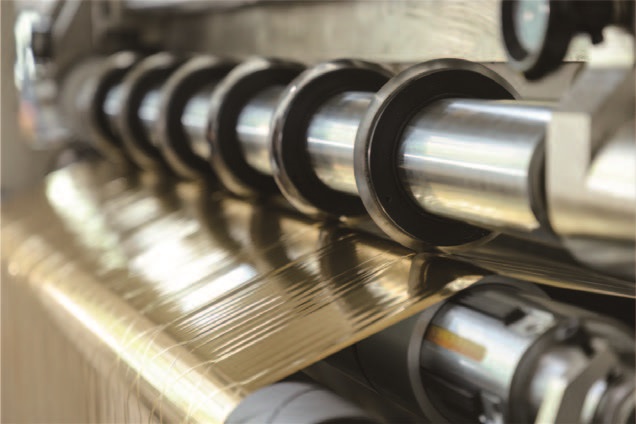
Every unnecessary complexity consumes time, increases losses, and tests the patience of operators.
19. December, 2025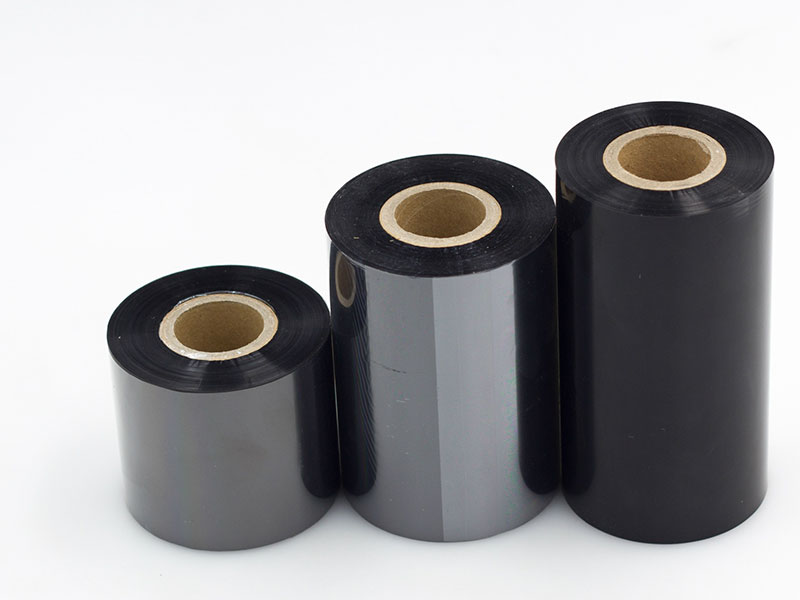
Remember, the cost of preventive maintenance is much lower than the losses caused by unplanned downtime.
18. December, 2025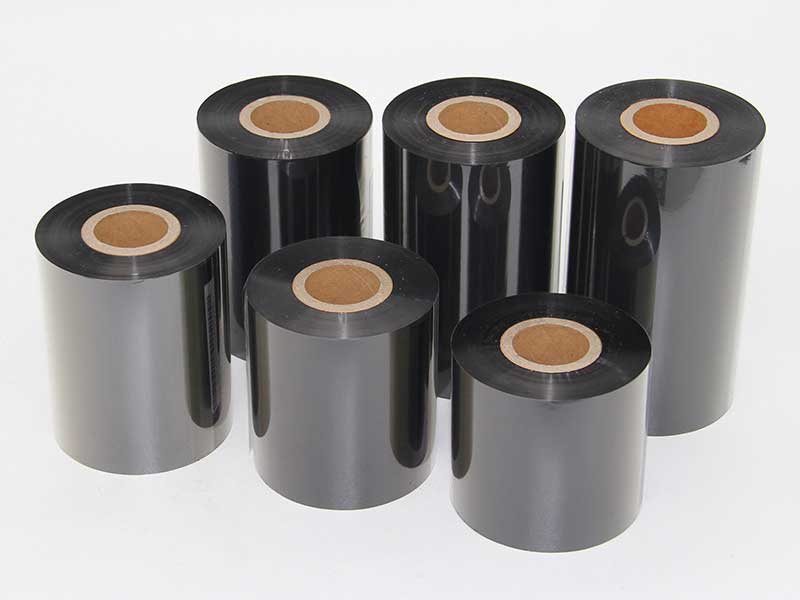
The one-click operation of the ribbon slitting machine represents not only the simplification of the operation method, but also the epitome of the transformation of industrial manufacturing to intelli
18. December, 2025